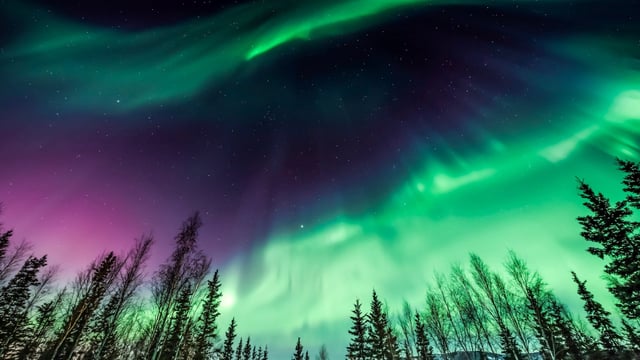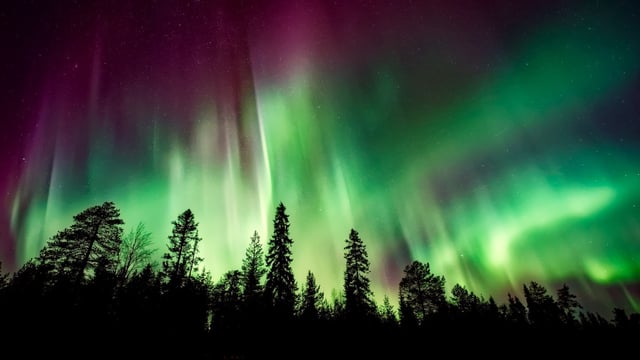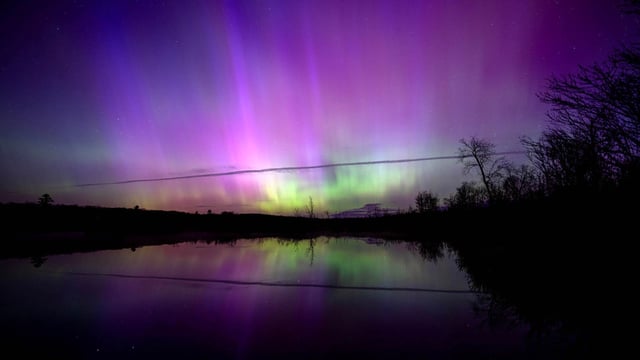Overview
- NOAA forecasts auroral activity with a Kp index of three on Friday night, rising to nearly four early Saturday and peaking near five on Saturday night.
- The aurora borealis is expected to be visible in northeastern Washington, northern Idaho, Montana, North Dakota, northern Minnesota, northern Wisconsin and Upper Michigan, with potential extension into South Dakota and Maine.
- Optimal viewing is between 10 p.m. and 2 a.m. local time from dark, unobstructed, north-facing locations.
- Photographers are advised to use a tripod, wide-angle lens and a low f-stop or to enable night mode on smartphones for clear aurora images.
- This surge in visibility is driven by the sun’s solar maximum phase, which is fueling more frequent geomagnetic storms through early 2026.



